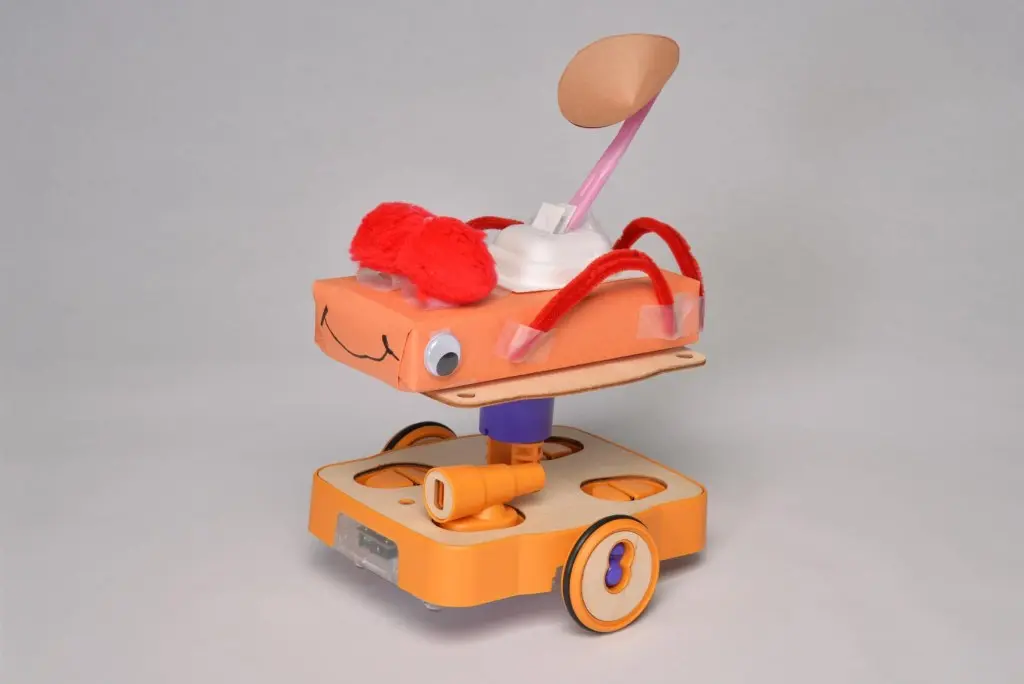
KINDERLAB
Here’s a cool and very timely tool from KinderLab: it’s a curriculum that uses their screen-free robot KIBO to help teach young learners the basic ideas behind AI, focusing both on what it can do and what it can’t do. Thinking with KIBO: Introducing Artificial Intelligence (AI) in Early Grades, is a free curriculum designed to help students understand how AI tools work and to think critically about how these tools can improve lives in their communities.
Thinking with KIBO is aligned with the draft AI4K12 curriculum guidelines, which explore the “Five Big Ideas in AI”: Sensing, Representation and Reasoning, Learning, Natural Interaction, and Social Impact. These guidelines, a collaboration between the Association for the Advancement of Artificial Intelligence (AAAI) and the Computer Science Teachers Association (CSTA), frame AI learning as an important component of K–12 computer science education.
KinderLab’s new curriculum centers on teaching children how AI works. Featuring four 60-minute lessons and a fifth lesson that can be extended from one to two hours, the core lessons of the new curriculum help students understand these key aspects of AI:
- AI is a tool made by people. Artificial intelligence can sometimes seem like magic, but it is just a tool created by human engineers. This understanding can help demystify AI and, for some students, make it seem less scary.
- AI systems (and robots!) make decisions based on input and rules. Both robots and AI take input and decide what to do based on rules. An AI system’s rules can be very complicated, and the rules can even change over time through machine learning, but they are still rules.
- AI doesn’t think like people do, and it’s not alive. Although we use the words “artificial intelligence,” the intelligence of these systems is different from human intelligence. AI systems can’t choose what to do outside of their rules or come up with new ideas, and they aren’t aware of themselves the way people are.
- AI can help people solve difficult problems. Even though AI doesn’t really think like humans do, it is a powerful tool that can process far more information than people are able to. Exploring the uses of these systems will help students understand how AI can be used responsibly.
Share this:
- Click to share on Twitter (Opens in new window)
- Click to share on Facebook (Opens in new window)
- Click to share on LinkedIn (Opens in new window)
Like this:
Like Loading…
Related
________________________________________________________________________________________________________________________________
Original Article Published at Edtech Digest
________________________________________________________________________________________________________________________________

